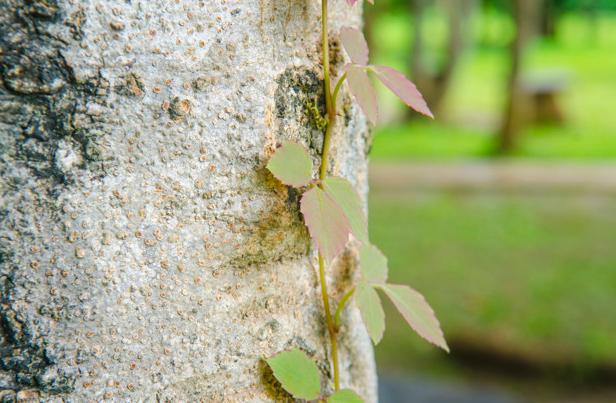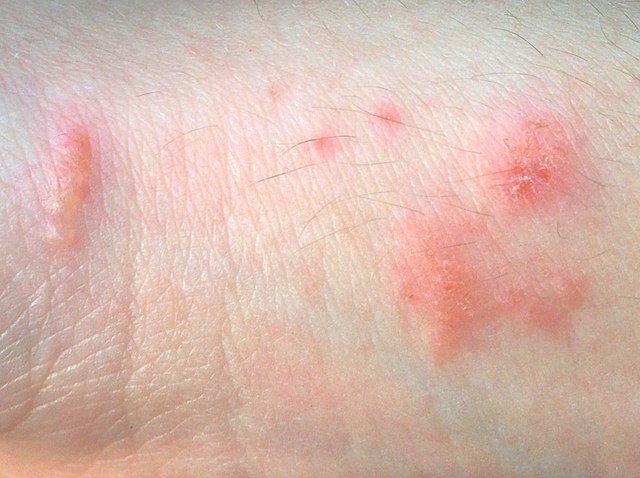Poison Ivy Treatment
Poison ivy is found throughout the United States, in all states except for Alaska and Hawaii. So, the chances of you coming across this poisonous plant in the outdoors is fairly high. The Centers for Disease Control and Prevention (CDC) provide a lot of information on how to identify this plant, so it is worth familiarizing yourself with it if you are venturing out into the great outdoors, or work outside in areas where you might come across the plant.

If you have been exposed to the plant, known as poison ivy (from the genus Toxicodendron) then it can cause a pruritic red itchy rash that often blisters. The rash is caused by the urushiol oil found in the poisonous plants. The itchy, blistering rash often begins 12 to 72 hours after one comes into contact with the plant oil. Poison ivy rashes are a form of allergic contact dermatitis. Poison ivy also goes by other names, including oak, poison oak, sumac or poison sumac.
Is Poison Ivy Contagious?
The rash is not contagious to another person. When the rash seems to spread, this is often caused by a delayed sensitivity reaction. You can spread the oil on your skin after direct exposure by touching other parts of your body. Urushiol oil can stick to almost anything including pet’s fur, gardening tools or clothing. This means you can pick up a poison ivy rash from indirect contact. It is important to clean all surfaces and objects that may have the oil on it.
Symptoms of Poison Ivy
There are a number of symptoms associated with poison ivy exposure.

These include:
- An itchy rash or itchy skin
- Blistered skin
- Red rash that can appear to spread over a large area of the skin
- Difficulty breathing in severe cases (caused by smoke inhalation if burning the plant)
What Are The Best Poison Ivy Treatment Options
The good news is that if you have been exposed to poison ivy then the symptoms should clear up on their own in time. The main goal when it comes to treating poison ivy is to relieve the symptoms because they can be irritating.
Some of the ways that poison ivy is treated include:
- Topical and oral corticosteroids (such as Prednisone) which are effective in treating poison ivy.
- Home remedies such as oatmeal baths, baking soda pastes and topical emollients such as calamine lotion
- Over-the-counter oral antihistamines (such as Diphenhydramine / Benadryl) can lessen the symptoms.
- Hydrocortisone cream can help with weeping and oozing blisters and sores
- Cool compresses can help (avoid very cold compresses)
- Aluminum acetate for the relief of the symptoms
You should consult the family physician prior to taking any medications. If you have difficulty breathing, then you should also seek further medical advice.
How To Prevent & Treat Poison Ivy Rashes
Wash skin immediately with lukewarm water and soak if you suspect exposure to the poison ivy plant. Wash all clothing or objects that may have been exposed to urushiol oil to help prevent an allergic reaction. If you have it available, then wash your skin with poison plant wash or rubbing alcohol.
When it comes to outsmarting poison ivy then the best way is to avoid all contact with it. If you know you are in an area where there is poison ivy, then wearing long pants and long sleeves can reduce the chances of direct plant to skin exposure
If you’re concerned about certain skin conditions such as poison ivy rashes, please don’t hesitate to contact us online today or call 212-535-3088. Dr. Michele S. Green, a board certified NYC dermatologist, practices the latest techniques at the forefront of medical and cosmetic skin care to give you the look that you deserve.
 212-535-3088
212-535-3088